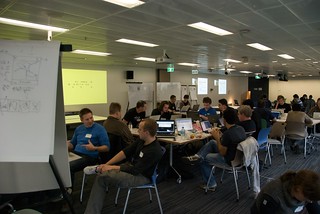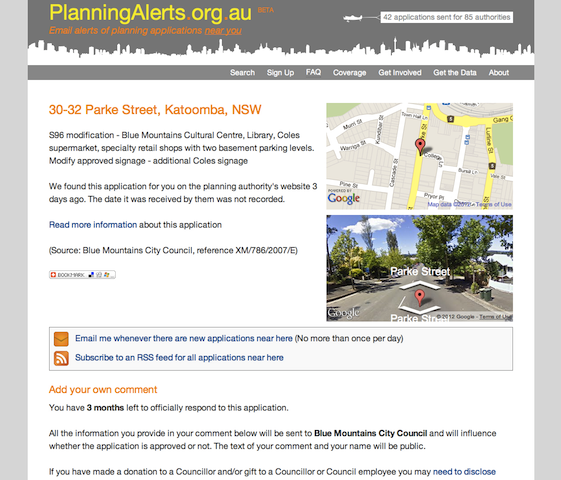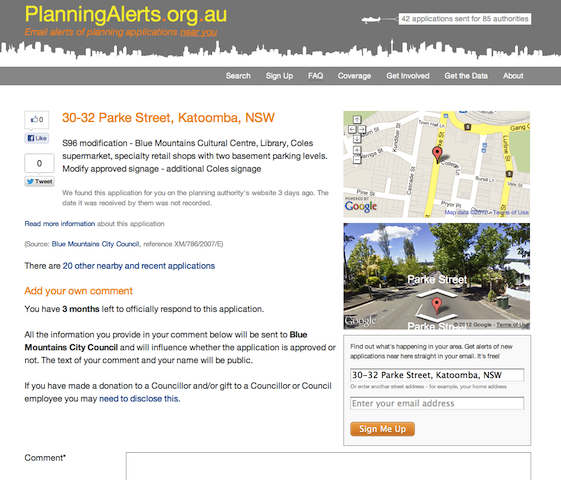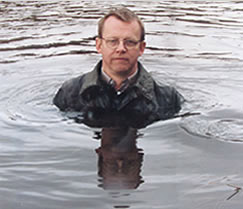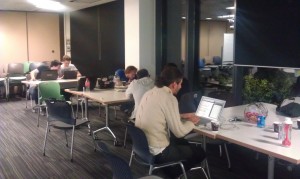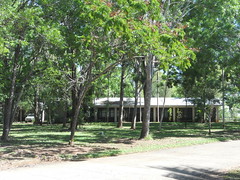Since we started OpenAustralia we’ve wanted to republish not only the Federal but also State and Territory Parliaments on Openaustralia.org. Bizarrely (to us) its been much harder to get the States on board with this than our own Federal Government; while there remain challenges ahead we’re quietly confident. It’s the twenty first century after all, and so the question is not if, but when will we have all levels of government Hansards together in a single searchable site?
Recently, an international initiative by a large number of our fellow Parliamentary Monitoring Organisations, the Declaration of Parliamentary Openness, was announced. This lays out principles which we all hope Parliaments can follow. They are simple principles that make Parliaments more accessible and accountable to the very people that they are representing.
When news of the announcement came, we were rather pleased to see that Penny Sharpe, the NSW Shadow Minister for Transport, made a speech in parliament on the declaration noting it’s relevance here. She appears to have been the first Parliamentarian to have mentioned the declaration in a Parliament anywhere in the world. We love our world firsts!
She then took the next step of writing to Greg Pearce, who’s the Minister for Finance and Services and Don Harwin, the President of the Legislative Council asking directly for their support in helping us make the NSW parliament more accessible to citizens.
I quote the text of the letters here. For the originals see the end [1]
The Hon Penny Sharpe MLC
Shadow Minister for TransportThe Hon. Greg Pearce MLC
Minister for Finance and ServicesDear Minister
I am writing in support of the Parliamentary Monitoring Organisation (PMO) OpenAustralia (www.OpenAustralia.org).
OpenAustralia is a not-for-profit, volunteer based organisation that aims to make it easy for people to keep track of their Federal representatives by providing alerts when any given Member of Parliament speaks.
Currently, OpenAustralia does not have the ability to provide this service to the citizens of NSW on behalf of their representatives because of issues in accessing the Parliament of NSW’s Hansard feed and due to a lack of funding to expand their operations.
I believe the citizens of NSW would benefit from such a service in this state.
OpenAustralia would require a small grant of up to $10,000 to allow expansion of their work.
Given the Government’s state commitment to “making it easier for NSW citizens to interact with government, to harnessing the oppurtunities provided by ICT to improve government operations, and to developing the ICT industry in NSW”, could you investigate if there is funding available to OpenAustralia to assist them to make it easier for NSW citizens to access and interact with the work of their elected representatives?
Yours sincerely
Penny Sharpe MLC
The Hon Penny Sharpe MLC
Shadow Minister for TransportThe Hon. Don Harwin MLC
President of the Legislative Council of NSWDear President
I am writing to request your assistance in convening a meeting with the Parliamentary Monitoring Organisation (PMO) OpenAustralia.
PMOs are organisations set up by citizens to monitor or assess the functioning of parliaments or their individual members.
OpenAustralia aims to make it easy for people to keep tabs on their Federal representatives by providing alerts when any given Member of Parliament speaks.
Currently, OpenAustralia.org does not have the ability to provide this service to the citizens of NSW on behalf of their state representatives because of issues in accessing the Parliament of NSW’s Hansard feed.
The service that OpenAustralia provides is a successful blueprint for engaging citizens with the work of their elected representatives.
I believe the citizens of NSW would benefit from such a service here.
I would be grateful for your assistance in convening a meeting between Dr Matthew Landauer, Director, OpenAustralia Foundation and the Parliamentary Information Services section to see what can be done to enable OpenAustralia to provide their service to citizens of NSW.
For more information about OpenAustralia, please visit www.OpenAustralia.org
Yours sincerely
Penny Sharpe MLC
We thank Penny Sharpe for her support and for writing these letters. We are looking forward to where this goes.
[1] Scans of letters from Penny Sharpe

